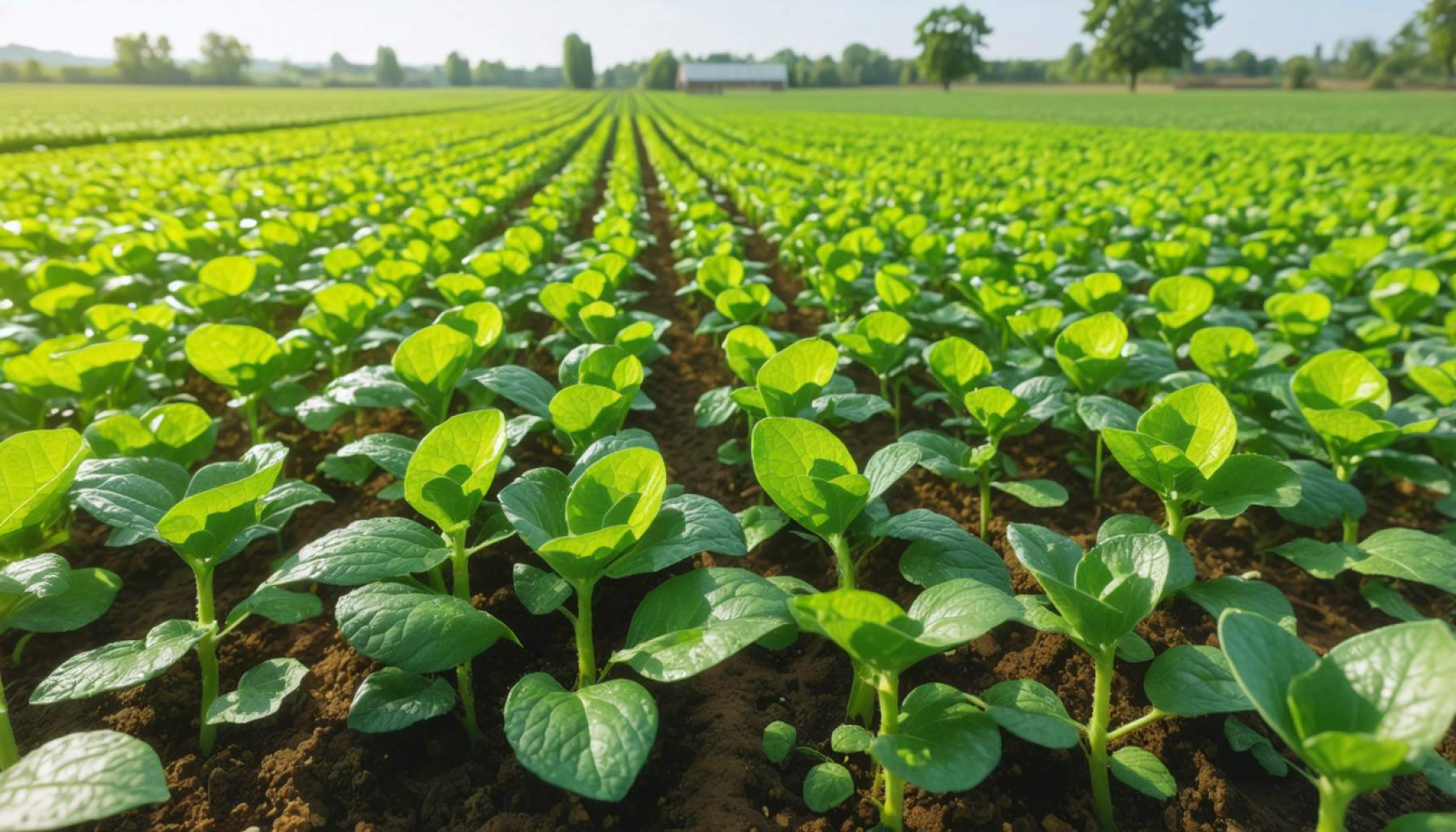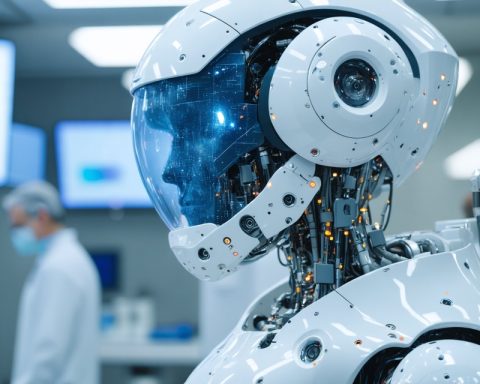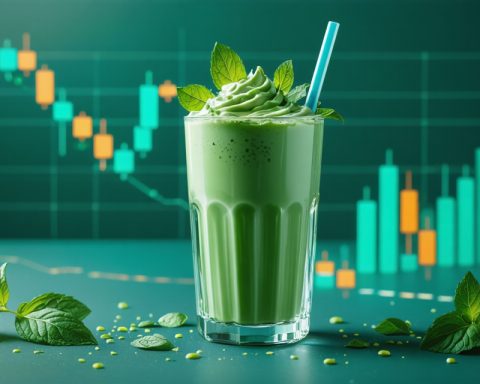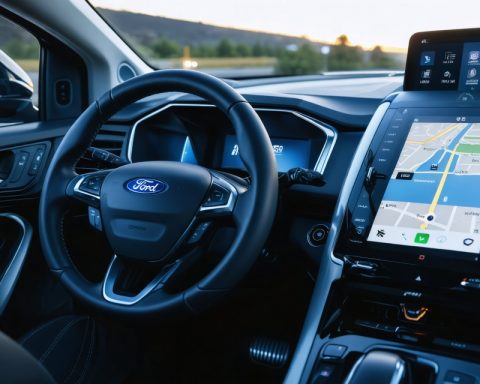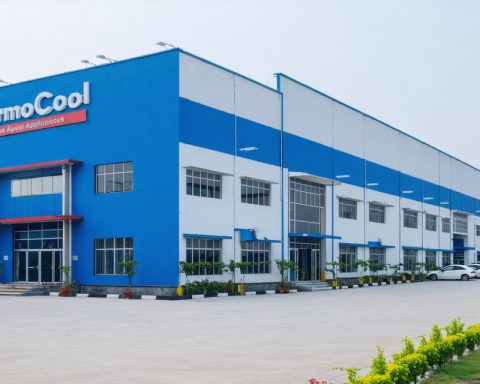- Farmers are transforming agriculture with AI technology, moving towards a sustainable future.
- AI-driven precision farming enhances yields while minimizing input costs by optimizing water and nutrient delivery.
- Smart sensors collect soil data, allowing AI to make data-driven decisions and predict optimal growing conditions.
- AI helps reduce pesticide use by detecting pest infestations early through advanced image recognition.
- Vertical farms in urban areas, managed by AI, provide year-round fresh produce, reducing the transportation footprint.
- AI reduces agriculture’s carbon footprint, crucial for mitigating climate change impacts.
- Challenges include integrating AI with traditional practices, investment, training, and data security.
- Overall, AI in agriculture aims to create an ethical and sustainable food system, merging technology with nature.
Amid sprawling fields and rows of crops stretching to the horizon, a quiet revolution unfolds. Farmers once relying on age-old techniques now wield cutting-edge technology, steering agriculture into a vibrant, sustainable future. Artificial Intelligence (AI) emerges as the unsung hero in this transformation, poised to reshape how we grow and harvest the food that feeds the world.
Picture a farmer standing at the edge of a vast field. Armed not with a traditional hoe, but with a smartphone displaying real-time data, they command a fleet of autonomous tractors and drones weaving through crops. These machines, powered by sophisticated AI algorithms, analyze soil health, monitor crop conditions, and optimize water and nutrient delivery with pinpoint precision. Precision farming, as it is known, promises higher yields with lower input costs, all while conserving precious environmental resources.
Smart sensors embedded in the ground continuously gather data on soil moisture, temperature, and nutrient levels. AI models process this influx of information, predicting exactly when and where crops will thrive and alerting farmers before issues become disasters. This predictive power equips farmers to make data-driven decisions, optimizing every aspect of the farming cycle.
Furthermore, AI tackles one of agriculture’s most stubborn challenges: pest control. Advanced image recognition software detects early signs of pest infestations or disease outbreaks, enabling swift interventions. This not only salvages crops but also minimizes the use of pesticides, aligning agricultural practices with environmental sustainability.
Imagine vertical farms springing up in urban landscapes—where leafy greens grow under LED lights inside stacked rows. AI systems manage these indoor ecosystems, adjusting lighting, water, and nutrient levels to create ideal growing conditions year-round. This innovation brings fresh produce closer to consumers, reducing transportation footprint, and making fresh food accessible in urban areas.
Such advancements in AI-driven agriculture promise not just efficiency, but a significant reduction in the industry’s carbon footprint. As agriculture accounts for nearly 24% of global greenhouse gas emissions, AI’s role in minimizing waste and improving resource efficiency is crucial for combating climate change.
Despite these remarkable strides, challenges remain. Integrating AI with traditional farming practices requires significant investment and training. Moreover, ensuring data security and managing privacy concerns will be critical as technology becomes more entrenched in farming.
Embracing AI in agriculture is not merely about increasing productivity but is a stride towards a more ethical and sustainable food system. The fusion of ancient know-how with modern AI offers an inspiring vision for the future—one where technology and nature harmoniously coexist to nourish the planet.
The next time you savor a crisp apple or enjoy a fresh salad, take a moment to appreciate the invisible networks of intelligence that make it all possible. The fields may stand silent, but they speak volumes through data, and it’s AI that listens, learns, and evolves to keep our plates full and our world thriving.
How AI is Revolutionizing Farming: What You Need to Know
As agriculture evolves in response to growing global demands and environmental challenges, Artificial Intelligence (AI) stands at the forefront of this transformation. It’s changing how farmers work, improving efficiency, and promoting sustainability. Let’s dive deeper into the facts, trends, and potential future of AI in the agricultural sector.
Enhanced Precision Farming
Precision farming has revolutionized traditional agricultural practices, allowing farmers to make precise interventions based on data analytics. Here are additional aspects to consider:
– Sensor Integration: Smart sensors can now monitor more than just soil conditions; they can track plant health through spectral analysis, detecting signs of stress even before they are observable to the human eye.
– Drones and Satellite Imagery: AI-driven drones and satellites provide high-resolution imagery and thermal data that helps farmers plan irrigation schedules and assess crop health, improving yield predictions.
AI-Powered Pest Control
AI brings advancements in pest management that bolster crop protection:
– Machine Learning Models: These models can predict pest outbreaks based on historical data and climatic patterns, enabling preventive measures rather than reactive ones.
– Biological Pest Control Options: AI can help identify when to release beneficial insects that act as natural predators, reducing reliance on chemical pesticides.
Vertical Farming Innovations
Vertical farming, managed by AI, is changing the landscape of modern agriculture, particularly in urban settings:
– Energy Efficiency Improvements: By optimizing LED lighting and HVAC systems, AI helps reduce energy consumption while maximizing plant growth rates.
– Nutrient Delivery Precision: Machine learning algorithms adjust nutrient solutions to the specific needs of different crop varieties, enhancing growth and reducing waste.
Industry Trends and Future Predictions
– Blockchain Integration: Combining AI with blockchain can enhance traceability within agriculture supply chains, from farm to fork, improving food safety and quality assurance.
– Labor Force Shifts: AI in agriculture could lead to job shifts rather than losses, with new roles emerging in data management and farm robotics.
– Market Growth: The AI in agriculture market is projected to reach USD 4 billion by 2026, growing at a CAGR of 25% (Source: MarketsandMarkets).
Challenges and Considerations
– High Implementation Costs: The upfront investment for AI technologies is significant, often posing a barrier for smaller farms.
– Education and Training: Successful integration requires training farmers and workers to use new technologies effectively.
– Data Protection: Ensuring the security of data collected by IoT devices and AI systems is critical as farms become more digitized.
Pros and Cons of AI in Agriculture
Pros:
– Improved efficiency and higher yields
– Reduced environmental impact
– Enhanced ability to manage large data sets
Cons:
– Potential job displacement and skills gap
– Privacy concerns around data collection
– Initial adoption costs
Actionable Recommendations
1. Start Small: Farmers can begin with integrating a single AI-driven solution like smart irrigation to witness tangible results before scaling up.
2. Stay Informed: Continuous learning and training are crucial. Partner with tech providers for education and support.
3. Leverage Partnerships: Collaborate with local universities and tech firms for research and pilot projects that can benefit both the community and industry.
Harnessing the power of AI in agriculture not only addresses current challenges but also paves the way for a more sustainable future. For more insights into how technology is transforming industries, explore IBM, a leader in AI innovation.
By understanding and leveraging these AI advancements, farmers can cultivate not just crops, but a new era of agricultural prosperity.
